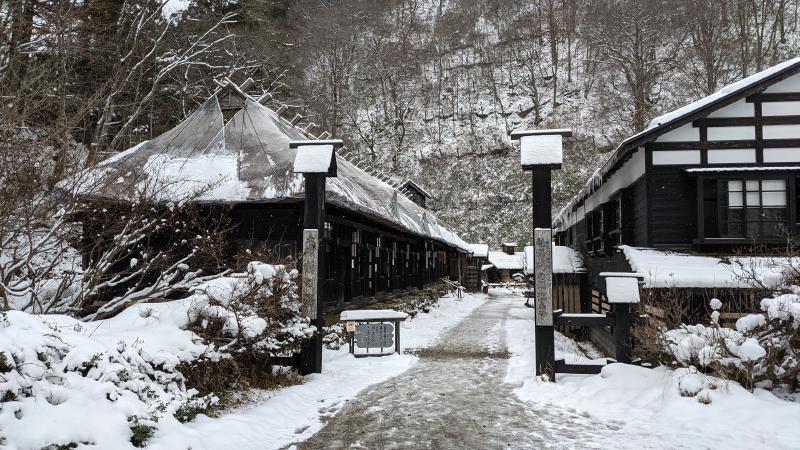Onsen? Ryokan?
Japan being on the intersection of seismic plates is leading to earthquakes, but also to hot water which is used in bathes, so called Onsen. A Ryokan is a traditional style of hotel in Japan, with tatami mat covered rooms, often a bath attached, including good meals and services like preparing futon beds in the evening for visitors. Japanese sometimes go to Onsenmeguri, which means ’travel with stay in an onsen'.
With infection rates in Europe rising, it became clear that I can not spend this christmas in Germany - I decided for a trip to Japans Northeast, including an area known for Onsen.
Nyuto onsen area
I decided to visit the Nyuto onsen area (乳頭温泉郷) in the north- east, in the first week of December. First thought was to stay in a traditional Ryokan, the area has 7 of these, all with an own onsen attached. For that season, some of these were already closed and others would charge an extra ‘heating fee’ - which reminded me that traditional rooms would not be warm at this time - Touhoku is colder than Tokyo where I live. I booked 2 nights in a hotel with normal rooms with air conditioner, but which also would have the meals of ryokan, and an outdoor bath. To have a look at traditional ryokan, I planned to walk over to a nearby, classic ryokan/onsen.
Getting to the hotel
A bus goes in 45min from the Tazawako train station to the ‘Komogatake grand hotel’.
I hiked to the hotel by foot. Google maps knows about the bus route, including all bus stops in between. The next bus would run in one hour, I did not want to wait and walked with my 2 backpacks along the route of the bus. As I wanted to see lake Tanzawako, I missed the bus 1 hour later. I walked further towards the hotel, and tried to catch the next bus which would according to google maps run another hour later. That exact bus connection did not run as I learned at the bus station, so I again walked towards the hotel. The next bus, an other hour later, was running - but I decided to walk the last 30min, total 4h walk. Androids OSmand app has the best walking directions, it also considers elevation.
The western style hotel
Since the night before it snowed in the area. The room was western style and warm, using the hotels outdoor bath while the snow was falling was great. The other services were like at a ryokan: yukata clothes were provided for guests, a set for preparing green tea at the room, fantastic dinner and breakfast.
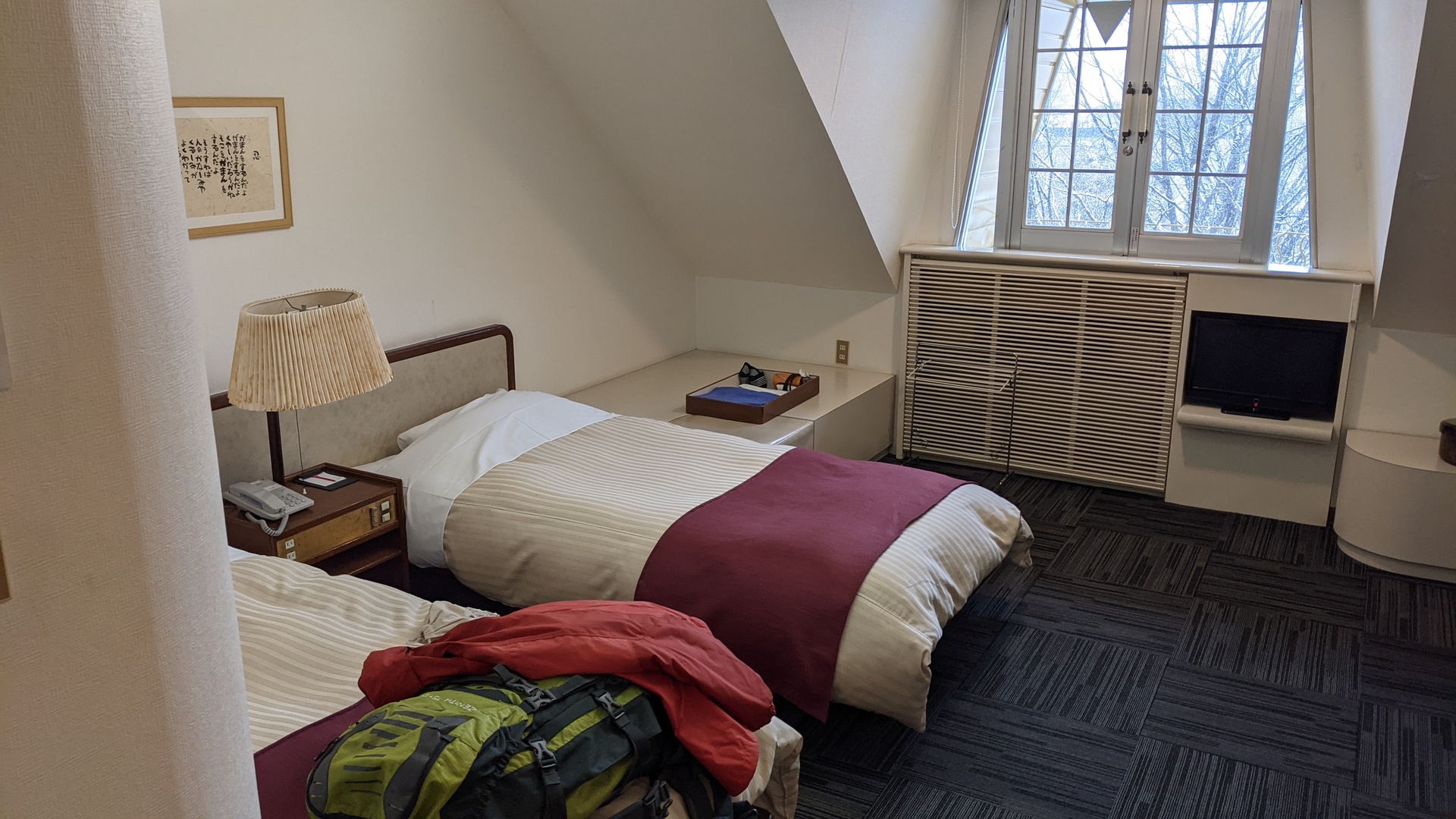
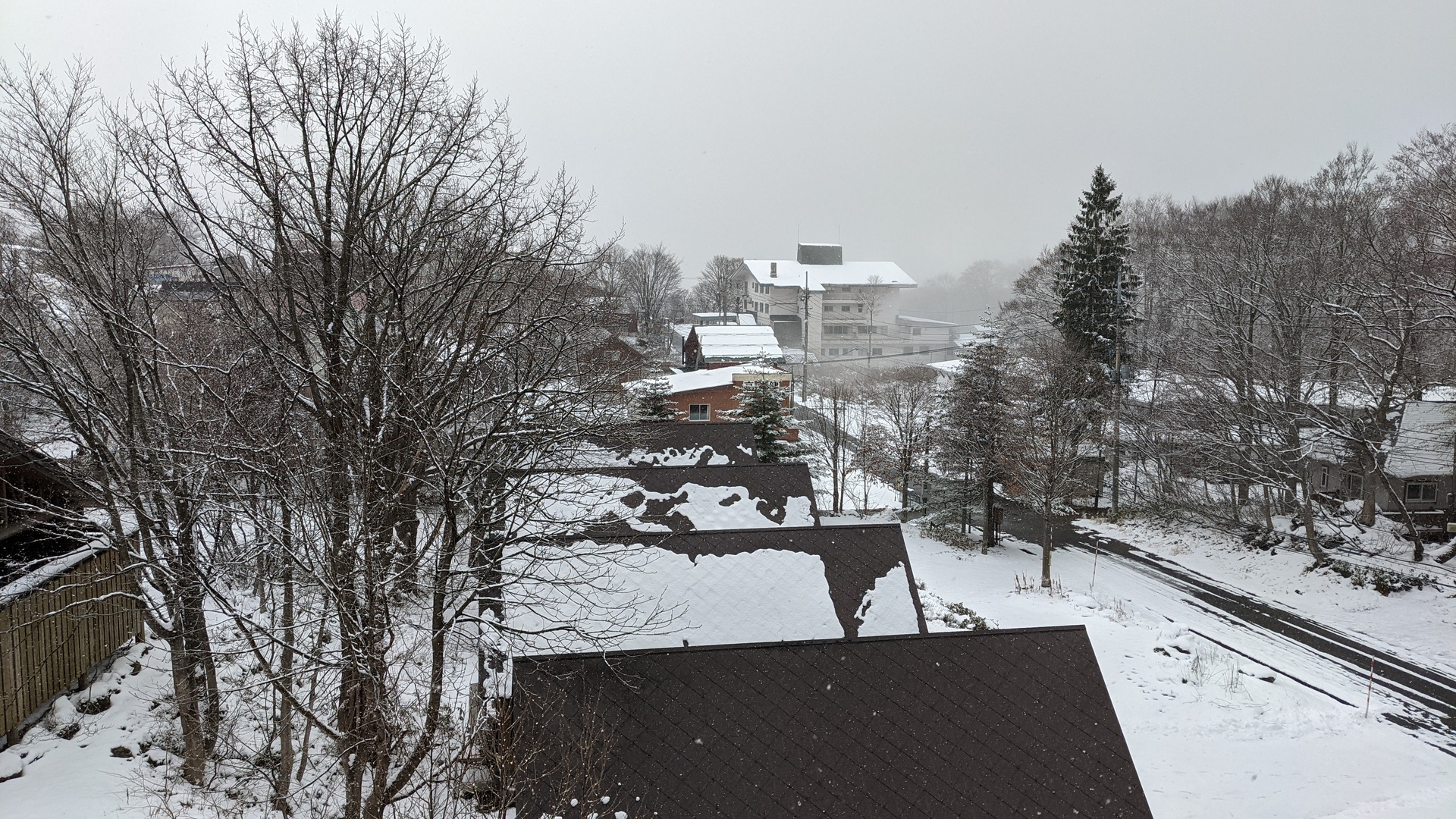
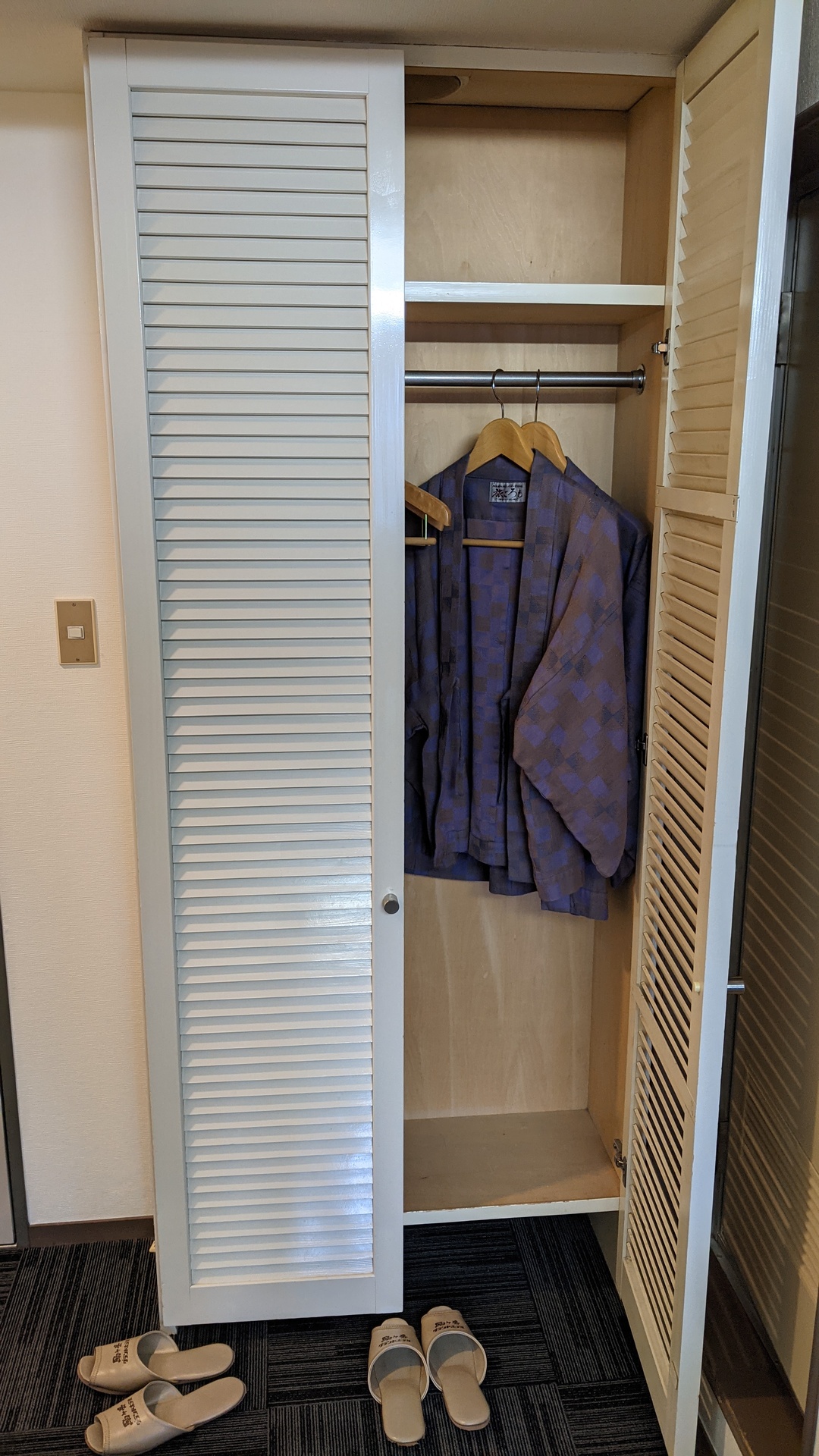
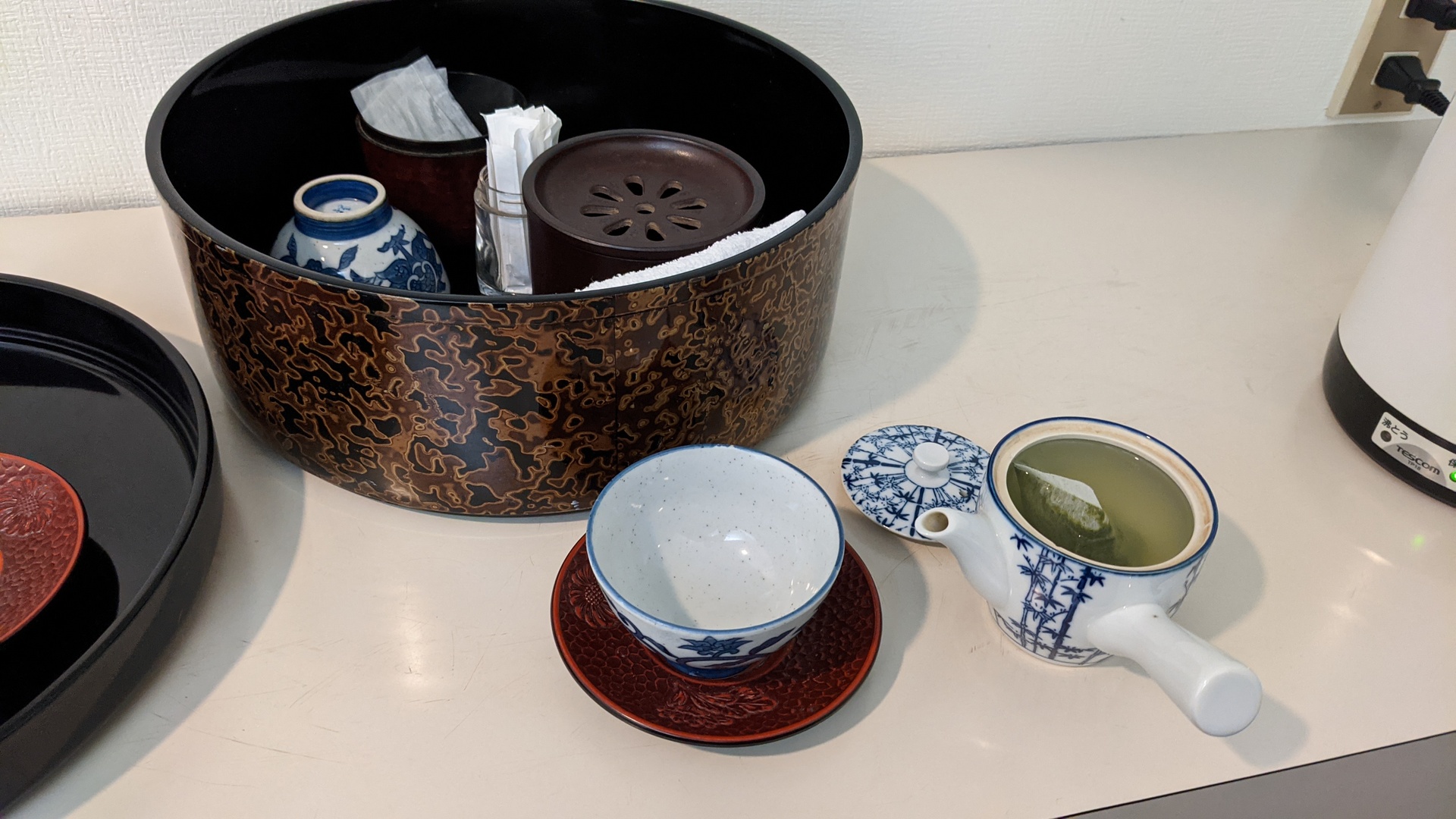
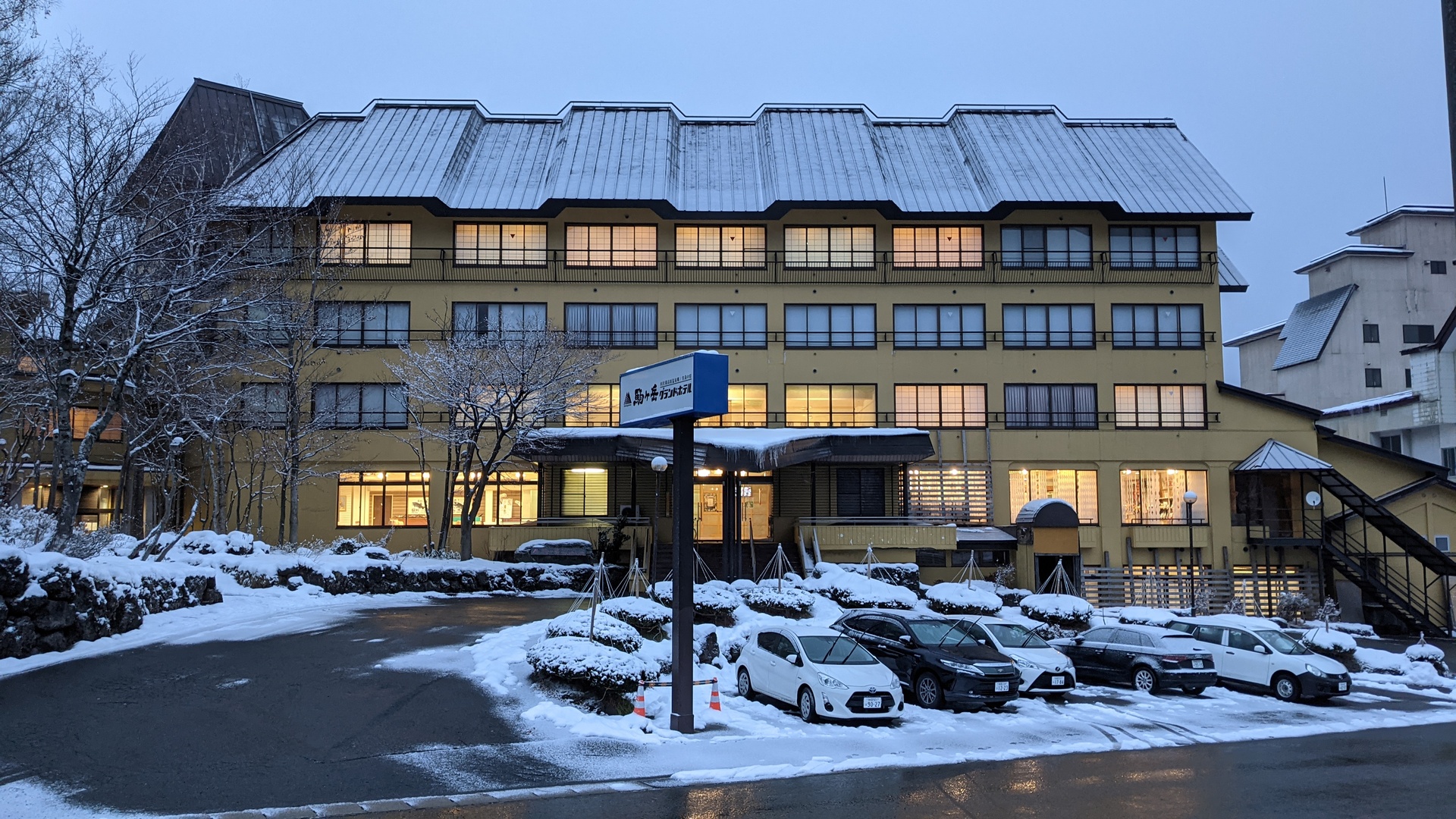
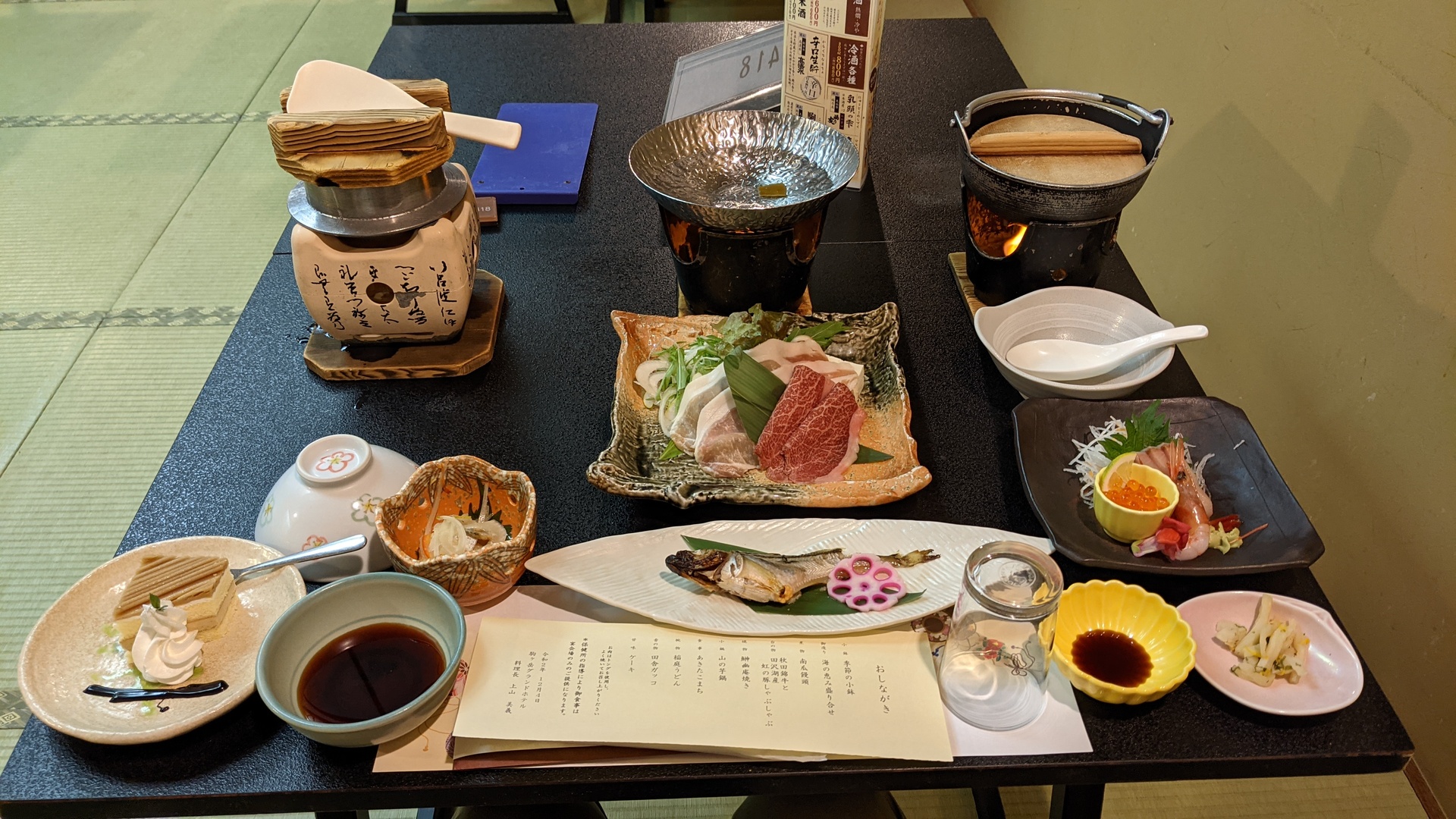
Tsuru no yu - traditional onsen
On the next day I went to see and enter a traditional onsen: the Tsuru no yu (鶴の湯). There was quite some snow, for the 1 hour walk I just used streets - there was not much traffic.
At the onsen, I had a chance to see the rooms. Nice traditional rooms with tatami mats, a fire place. For me, the western style hotel was the right stay in this season.
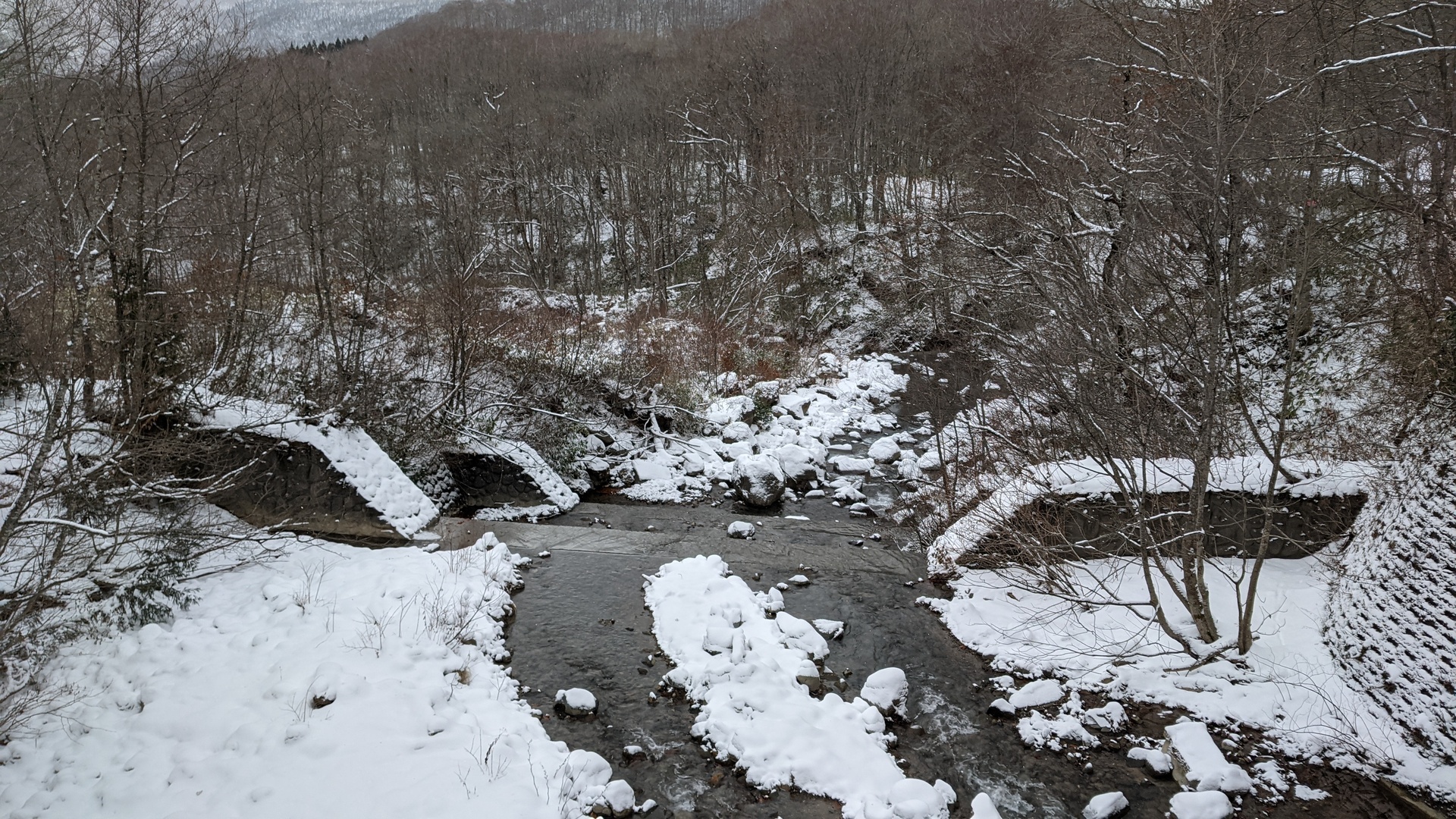
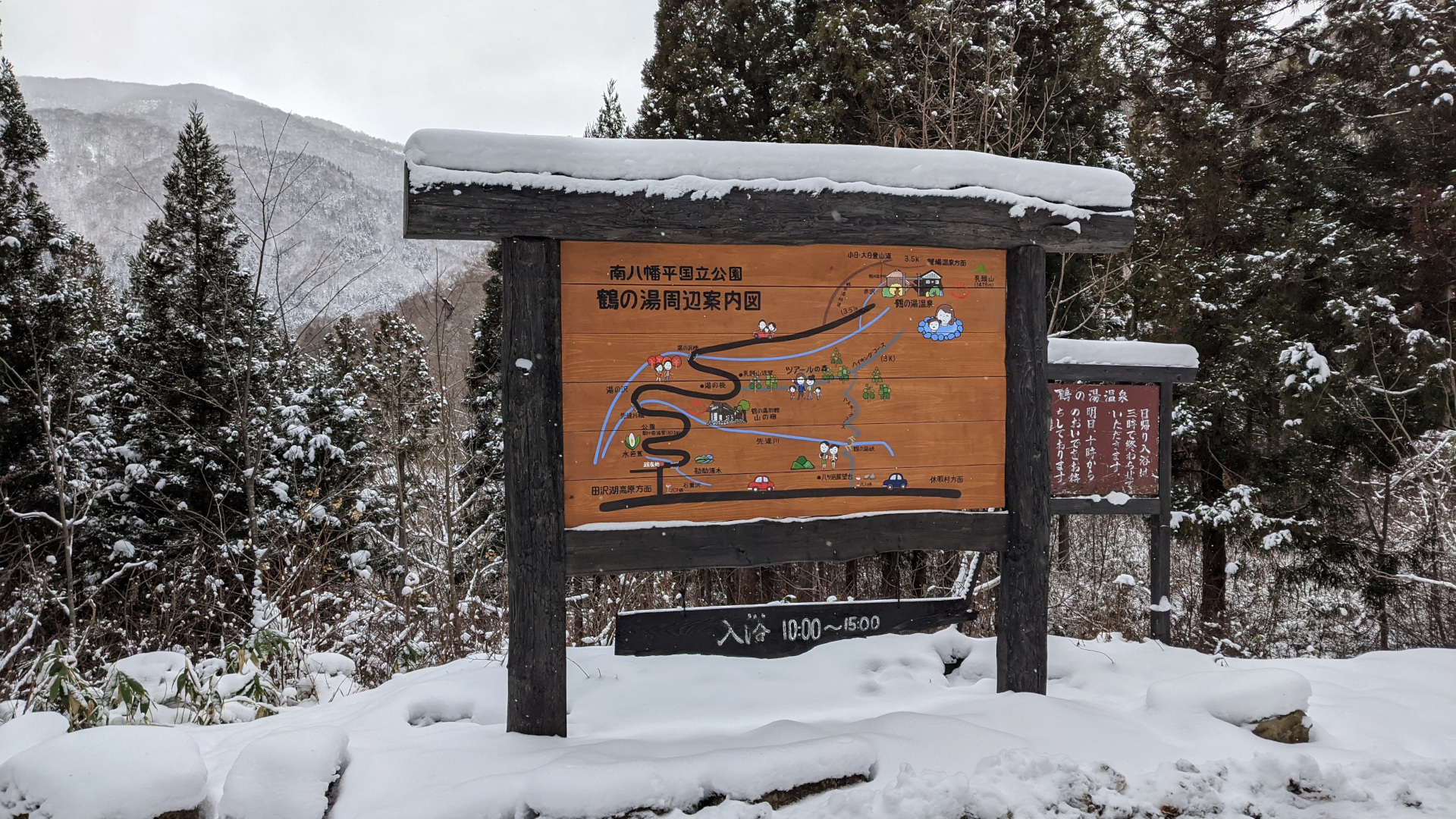
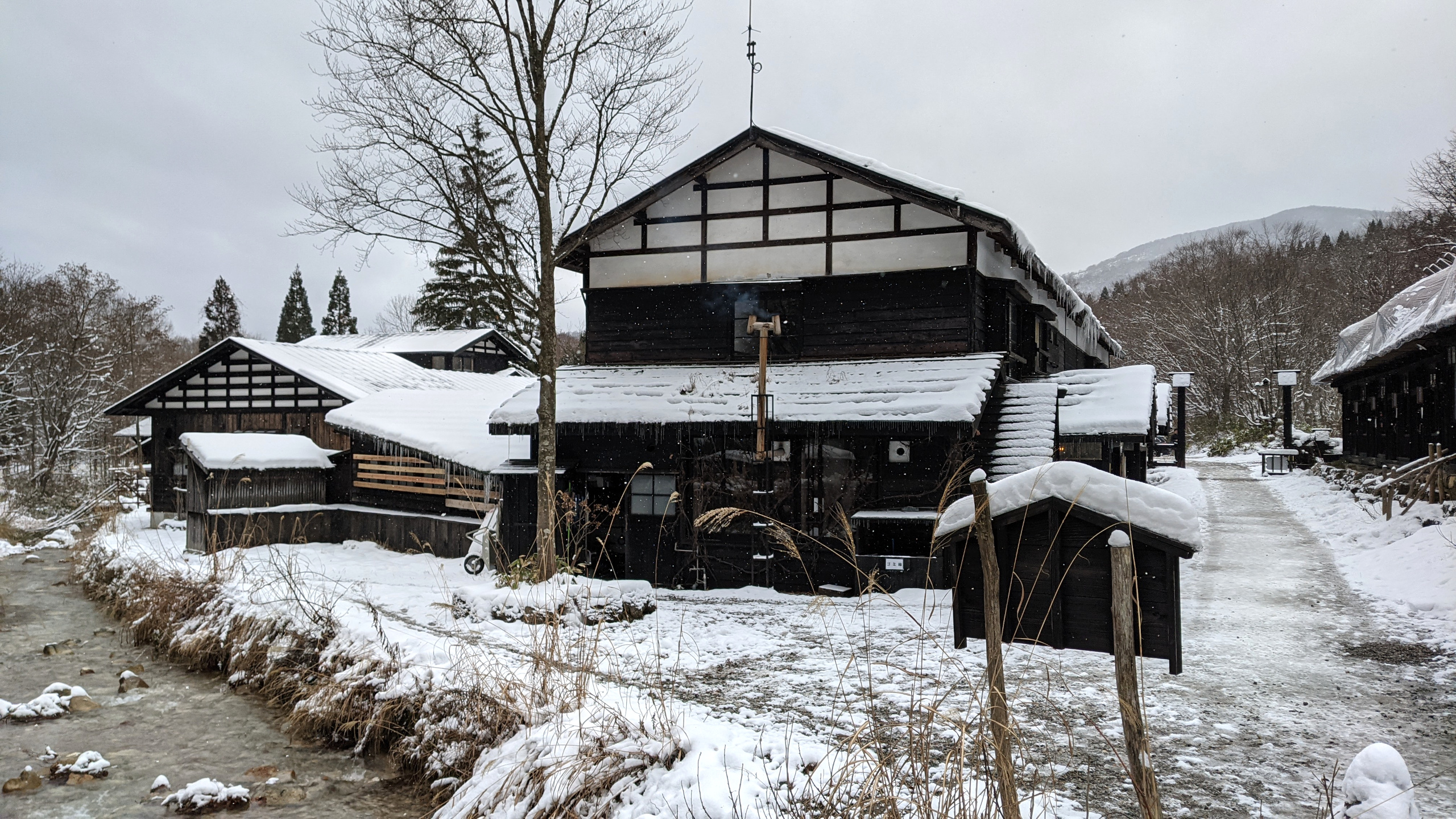
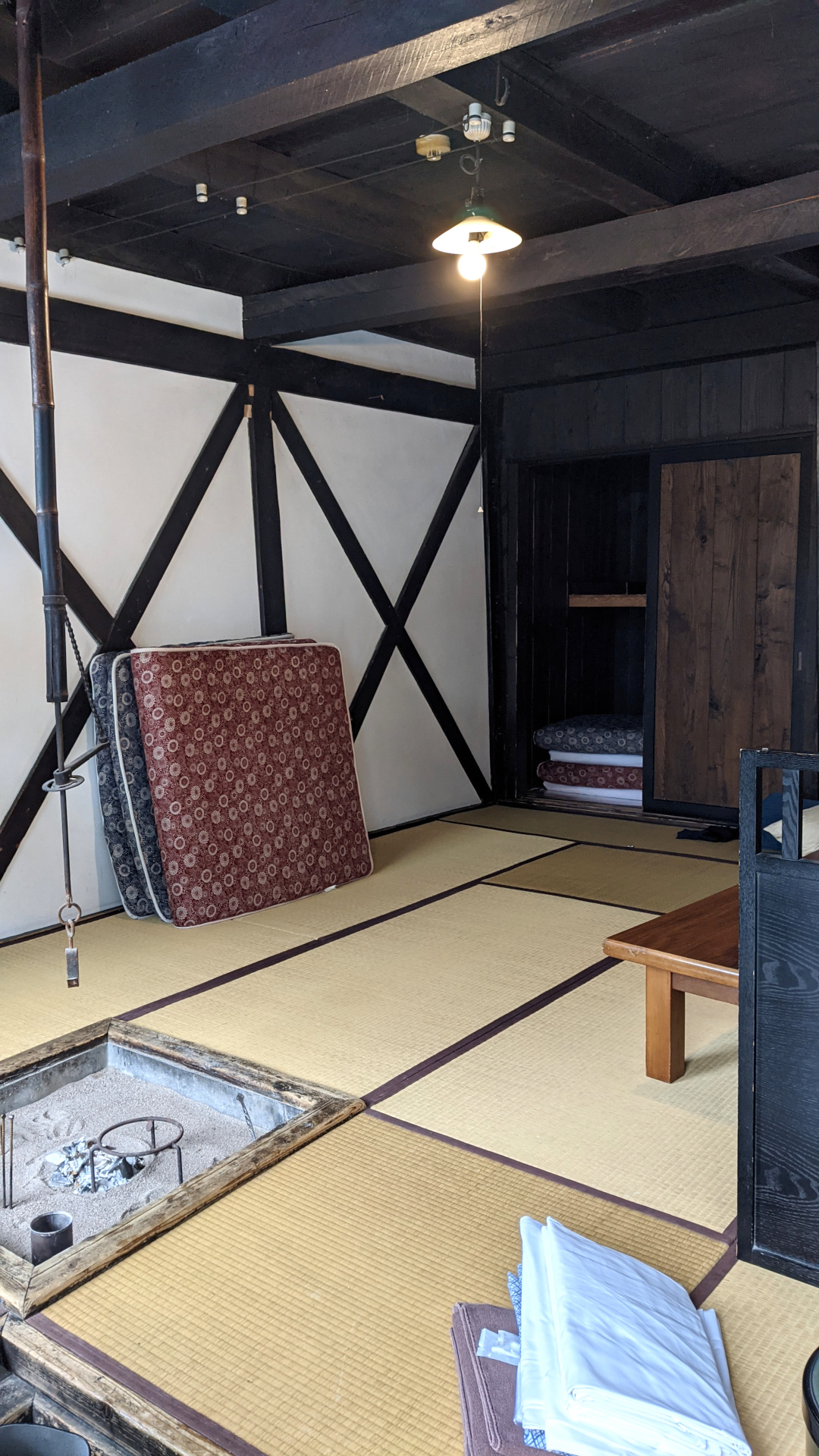
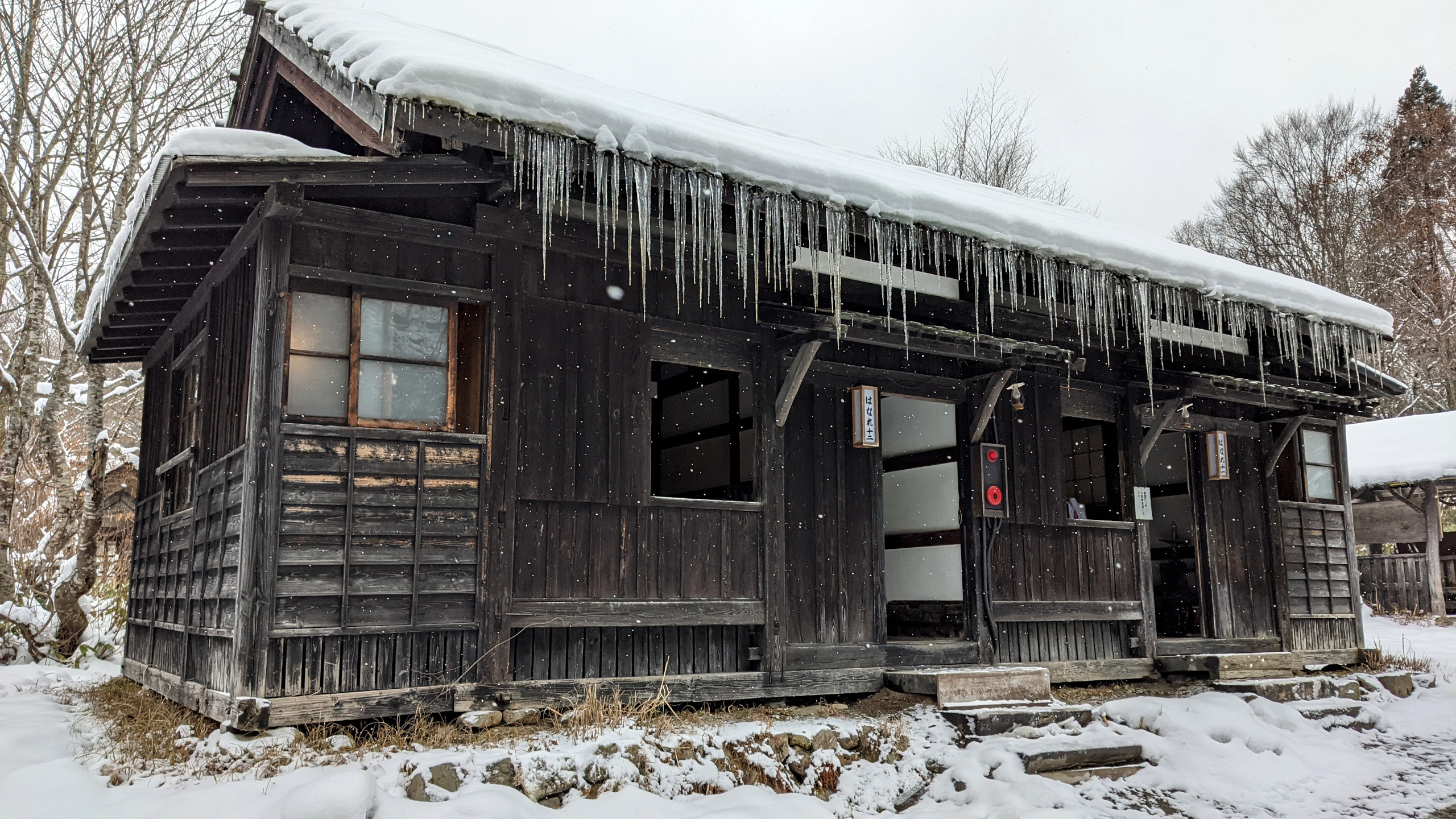
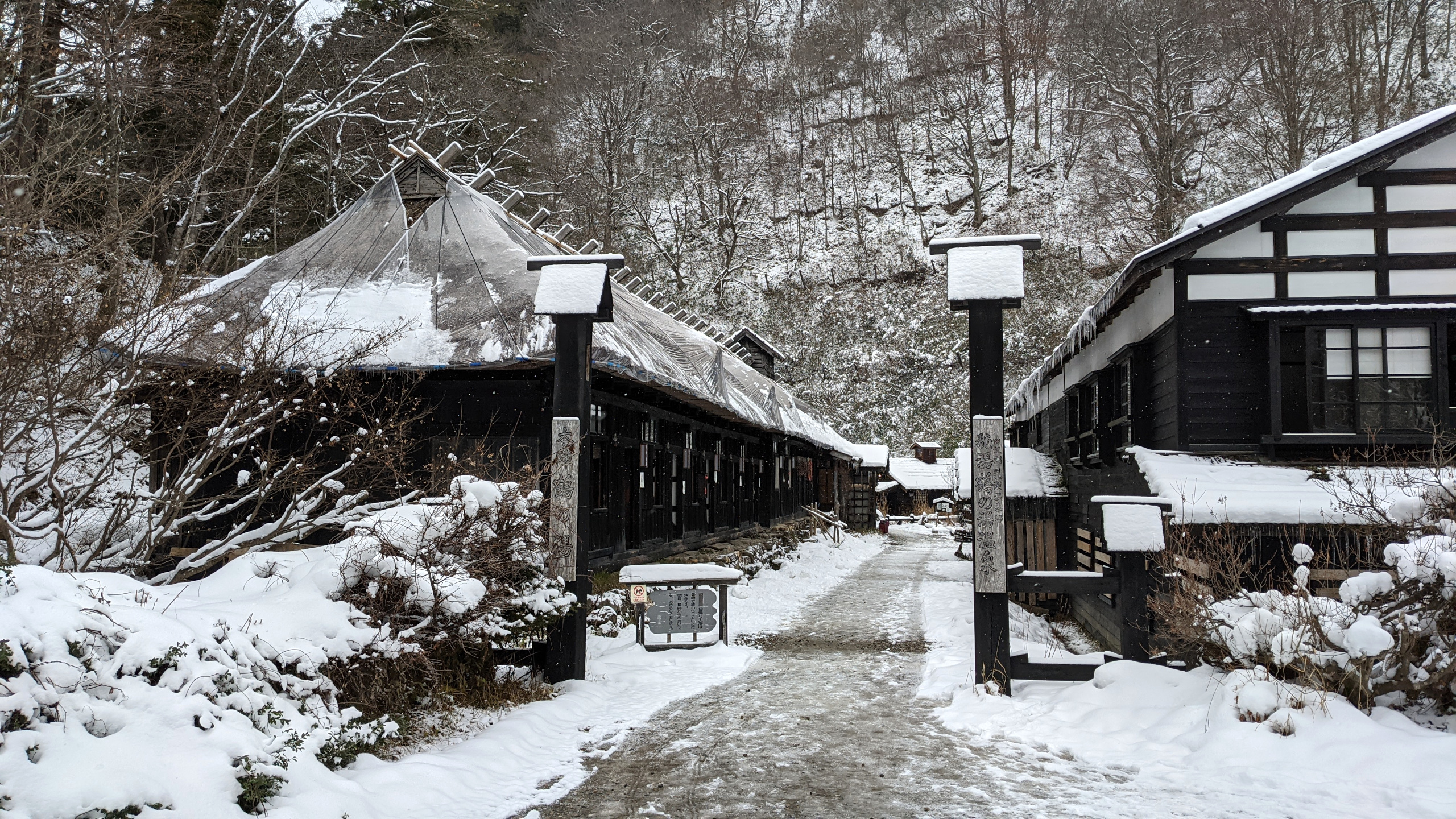
Then I payed a fee and used the bath. All the buildings covered with snow, and again snow falling while bathing was great. There are multiple bathes which can be used, I used one outdoor with water which seemed to be white, like milk. Taking pictures was forbidden, but you can get an impression here.
Take aways
When “Onsen meguri” (onsen travel) is mentioned in Japan, people think of a stay at a hotel with onsen. Taking it slowly, bathing multiple times a day, reading, enjoying good food and talking with others. Also the visitors I met at the hotel did not plan any trips while they stayed there, this was meant for recovery. With the cold snow outside, the hotel even had something of a refugium. Greatly recommended! Also the traditional ryokan, but consider the season of the stay.
